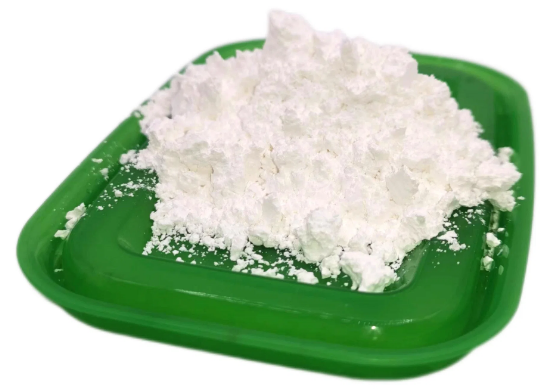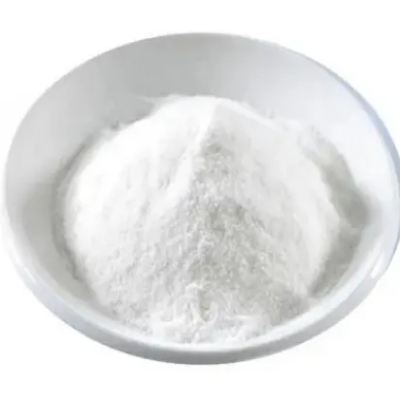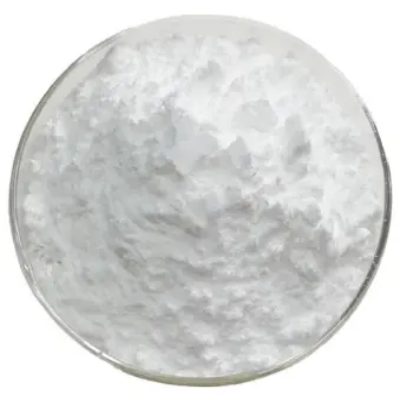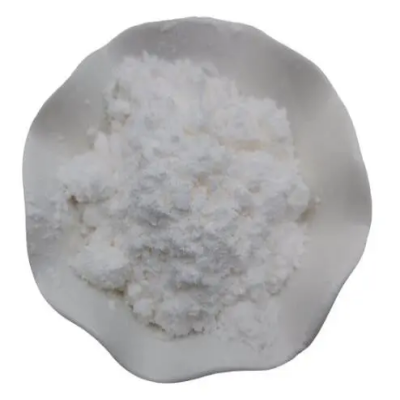Beta-D-Ribofuranose1,2,3,5-tetraacetate CAS:13035-61-5
Beta-D-Ribofuranose 1,2,3,5-tetraacetate serves essential roles in organic chemistry and biochemistry due to its utility as a protecting group and precursor in nucleoside synthesis. In organic synthesis, it functions as a protecting group for the hydroxyl groups of ribofuranose, enabling selective manipulation of other functional groups without affecting the reactive hydroxyl moieties. This protection strategy is crucial in the synthesis of complex molecules, such as nucleosides and nucleotides, where regioselective and stereoselective reactions are required. Moreover, Beta-D-Ribofuranose 1,2,3,5-tetraacetate is employed in the synthesis of nucleoside analogs and modified nucleotides for various applications in medicinal chemistry and molecular biology. By selectively deprotecting and functionalizing the acetyl groups, chemists can introduce diverse substituents and modifications to the ribose moiety, leading to the creation of novel nucleoside derivatives with altered pharmacological properties and biological activities. These modified nucleosides serve as valuable tools for studying nucleic acid structure and function, as well as for developing therapeutic agents targeting viral infections, cancer, and genetic diseases. Additionally, this compound finds applications in carbohydrate chemistry for the synthesis of oligosaccharides, glycoconjugates, and carbohydrate mimetics. Its versatile reactivity and compatibility with various glycosylation reactions enable the construction of complex carbohydrate structures with precise regiochemistry and stereochemistry, mimicking natural glycan structures found in biological systems. These synthetic carbohydrates have applications in glycobiology, immunology, and drug discovery, where they serve as probes, inhibitors, and vaccine candidates. Furthermore, Beta-D-Ribofuranose 1,2,3,5-tetraacetate plays a role in chemical biology and enzymology as a substrate mimic and inhibitor for ribofuranose-modifying enzymes. Its structural resemblance to ribofuranose allows it to interact with enzymes involved in ribonucleotide metabolism and RNA modification pathways, affecting enzyme activity and substrate recognition. By studying the interactions between this compound and target enzymes, researchers gain insights into enzyme mechanisms and develop potential therapeutic strategies for modulating nucleotide metabolism and RNA function. Overall, Beta-D-Ribofuranose 1,2,3,5-tetraacetate serves as a valuable reagent and precursor in organic synthesis, nucleoside chemistry, carbohydrate chemistry, and chemical biology. Its role as a protecting group and building block underscores its significance in facilitating the synthesis of complex molecules and the study of nucleic acids, carbohydrates, and enzyme functions, contributing to advancements in drug discovery, molecular biology, and chemical research.






| Composition | C13H18O9 |
| Assay | 99% |
| Appearance | white powder |
| CAS No. | 13035-61-5 |
| Packing | Small and bulk |
| Shelf Life | 2 years |
| Storage | Store in cool and dry area |
| Certification | ISO. |









